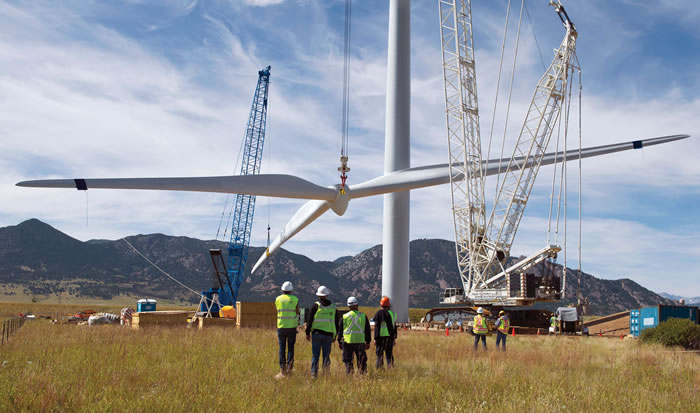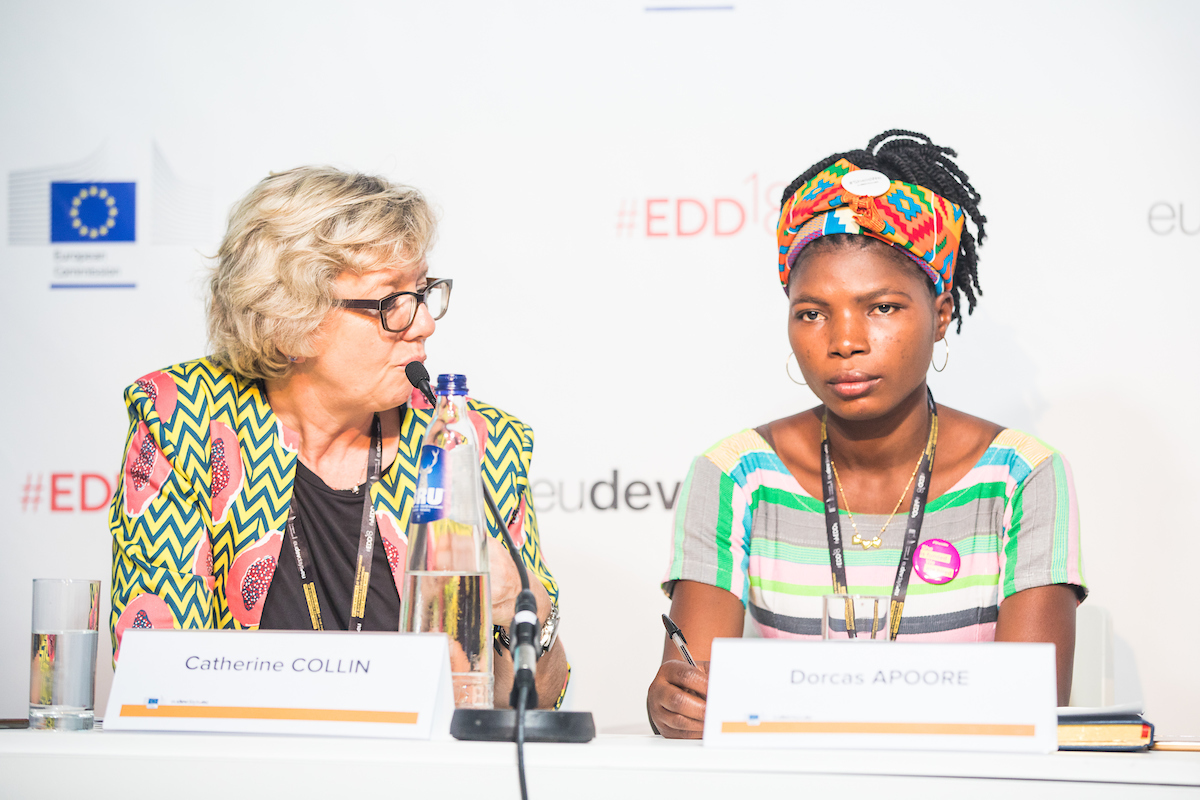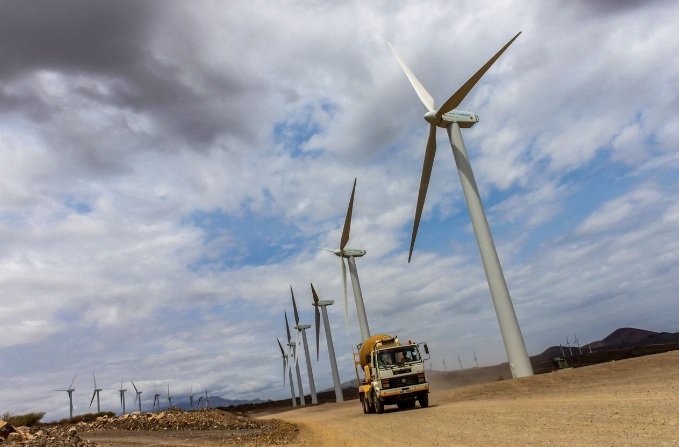TechInAfrica – With all the controversial talks about how the earth is constantly losing its fossil-based power source, renewable energy seemed to be a feasible alternative for those aiming for long-term sustainability factors. This renewable energy can come in many different forms—solar panels, wave/current turbines, or even converters manifesting the temperature change between areas of the ocean. One such application is more commonly exhibited in the form of wind farms.
On Friday (19/7), Kenya inaugurated the biggest, most extensive wind power plant yet in the entire continent. Supplying approximately 310 megawatts of renewable power, this voluminous project is expected to provide nearly a fifth of the country’s energy needs. This project is named Lake Turkana Wind Power Project, and it had cost private investors roughly 680 million dollars to establish all 365 wind turbines in order for this project to conduct its effective expectations. Wind turbines can reach as tall as 50 meters in height. In addition, this power plant is located around 600 kilometers (372 miles) north of Nairobi.

No, not that Nairobi.
Connected through a lengthy 428-kilometre power line, the power plant is claimed to contribute as much as 15% of the country’s entire installed capacity.
President Uhuru Kenyatta, after touring the project, spoke:
Today, we again raise the bar for the continent as we unveil the single largest wind farm, Kenya is without a doubt on course to become a world leader in renewable energy.
The project relies on its strategic placement in a natural corridor—the Turkana Corridor, more commonly known as ‘the windiest place on earth’. With hopes to harness this natural energy potential to its full extent, investors, engineers, and developers of this project also work hand-in-hand in order to benefit optimally from the fierce gusts that tear through the corridor periodically.
Rizwan Fazal, the executive director of the Lake Turkana Power Project, admitted that the windiest place on earth sure lives up to its name. It’s as extraordinary as it is unprecedented—the location constantly, unwaveringly lets through strong gusts from time to time.
Yet the effort in materializing this project wasn’t exactly peaches and rainbows, either. To build such structures in Kenya’s furthest extremes, the windmills—manufactured by Danish company Vestas—had to be brought overland from the Mombasa port, approximately 1,200 kilometers away from the project’s location. Furthermore, over two thousand trips had to be made to bring all the materials needed for construction. Despite some of the roads aren’t the least decent to allow the trucks to pass through, reparations regarding the public infrastructure have been made—with the goal to significantly cut logistics operations’ duration.
For a nation relying heavily on hydropower and geothermal measures, to say that electricity is expensive would be a modest understatement. Most of the time, this staggering idea hinders companies (which underlines energy to be an intensive factor) to grow in the near future. One of the most notable examples of these companies takes form in the manufacturing line. Despite having started the development of a coal power plant off the coast in Lamu, the government aspires to achieve 100% renewable energy by the year 2020.

Albeit the project had faced various legal and financial challenges for the past years, Catherine Collin, East Africa head of the European Investment Bank, admitted happily that ‘in the end they all made it.’ Collin also declared:
The farm was built on time. But the project can only operate if you can bring power to the client.
With the plan finally in motion once more, this serves as a great framework for Kenyan citizens to start implementing clean, renewable energy to their respective daily lives. Furthermore, this is also a clear indicator that Kenya is indeed ripe for projects in the near future.
Source: modernghana.com



